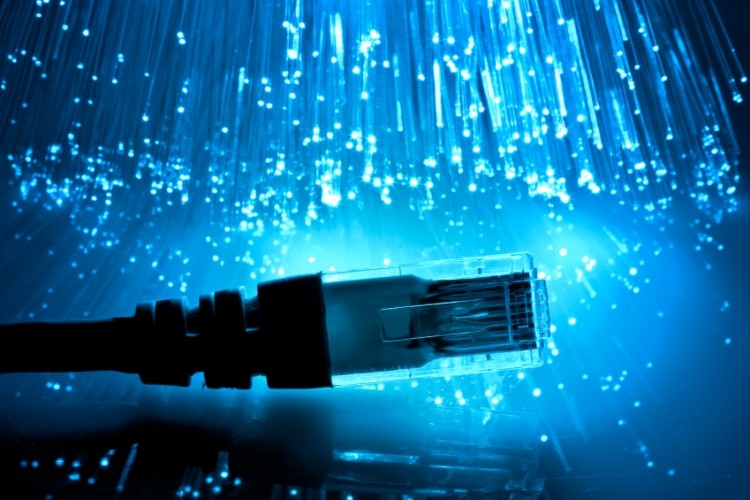
Without the Transmission Control Protocol (TCP), the web would cease to function properly. Acting much like a crossing guard, the TCP regulates internet traffic to ensure that online congestion is kept to a minimum. A number of different algorithms have been put to use over the years but ultimately they all share the same limitation: they are designed by humans and base decisions around in-built assumptions about the network.
According to PopSci, researchers at MIT have developed Remy, a computer program designed to produce congestion-controlling algorithms that adapt to the current usage scenario. The end result is an internet service that is two to three times faster than what is currently available today. In order to churn out such impressive speeds, the system makes use of several user-fed inputs. For example, Remy needs estimates on the required bandwidth, the number of simultaneous users, and how intensive the programs will be.
For the sake of time, Remy tries to focus on the most important network tweaks. Even by simplifying the algorithm process and prioritizing certain characteristics, the selection program can take anywhere from four to twelve hours to compute, and will spit out more than 150 if-x-then-y rules for operating.
Hari Balakrishan, an author of the MIT paper, explained the motivation behind the computer-driven system. “When you have even a handful of connections, or more, and a slightly more complicated network, where the workload is not a constant—a single file being sent, or 10 files being sent—that’s very hard for human beings to reason about. And computers seem to be a lot better about navigating that search space.”
So how effective is this MIT brainchild? Early studies show that the automated crossing guard increases throughput for a cell network by 30 percent, and delays are reduced by 25 to 40 percent. Although these figures are encouraging, we must remember that these tests have only been conducted in a lab setting.
Until Remy demonstrates success in the real open internet, the concept is little more than an intriguing hypothesis. Only time will tell it's true importance to the scientific community, as well as to the general public.